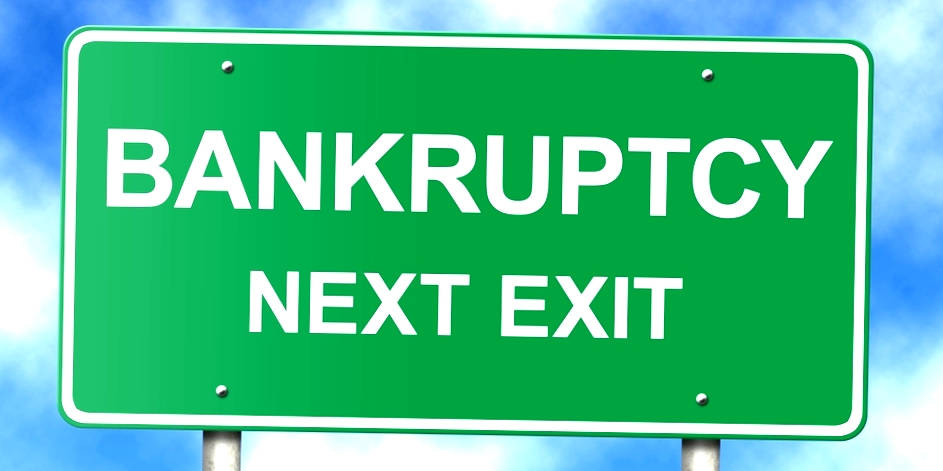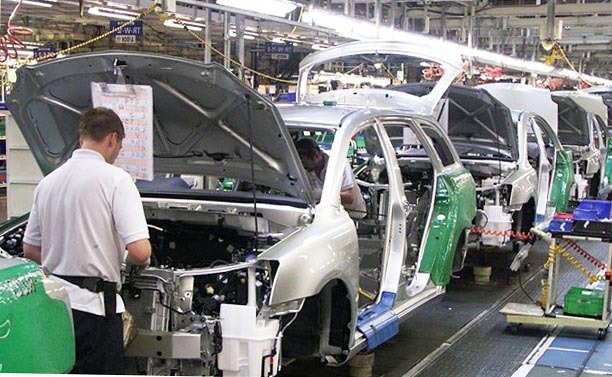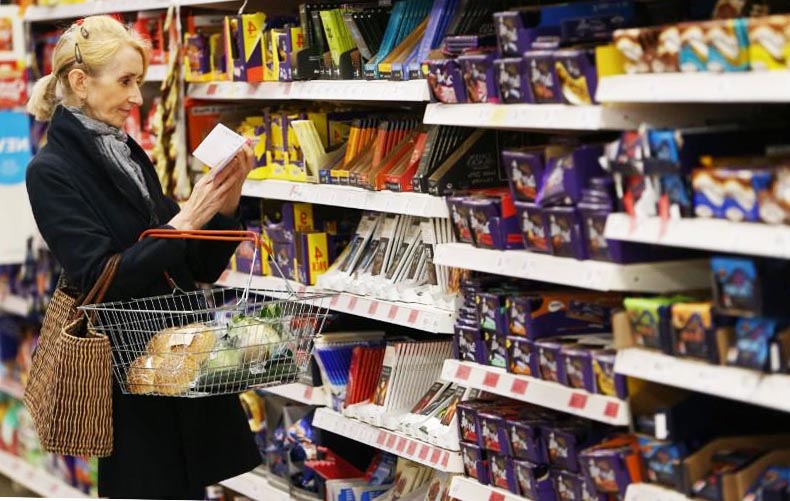British employees productivity in 2017 grew at its highest rate from prior to the crisis in the financial sector ,…
UK insolvencies are at a peak level since UK financial crisis

The amount of people that were declared bankrupt in 2017 has risen to the highest level ever since the end of the financial crisis. This is going on figures recently released that reveal the massive knock-on effects of spiraling debts for British Households.
Almost 100,000 people were declared insolvent in 2017 according to the UK insolvency service, which is almost a 10% rise on the previous year and only slightly below the top numbers recorded during the recession period.
Individual Voluntary Arrangements (IVA’s) are increasingly becoming more popular and record numbers of households are starting to turn to them when times are dire money wise, it is becoming a commonplace way to write off large credit card debts and other debt that people can build up and then be unable to pay. An IVA allows an individual to reschedule their debts and then agree to much lower payments, hit a record number of 59,220 during 2017 which is up over 20% from the 2016 figures.
Overall, Britain’s total personal debt increased to almost £1.6 trillion in 2017, which tallies with a significant increase in credit card spending, car loan deals (aka car finance) and store cards and other forms of card debt.
A recent study by the guardian found that over 70% of the UKs employed population are classed as ‘chronically broke’ and found that many used credit cards to everyday purchases and to manage to maintain their lifestyle.
The insolvency service, provided us with data stating that 1 in 507 adults (or 0.20% of the uk adult population) actually were declared bankrupt in 2017 which is up from 466 in the previous year.
The final quarter of 2017 saw a slight improvement in the numbers with individual insolvencies decreasing by approximately .2% for the same period in the preceding year. The same was said for IVAs which dropped by almost 1% compared with quarter 3 2017. Overall IVAs showed the highest levels per quarter in 2017 since they were started in 1987.
It was just individuals who suffered during 2017 with corporate failures also showing a rise in 2017 due to a recorded slowdown in the economy. 17,243 companies went into insolvency in 2017, which is a rise of nearly 5% on the preceding year, said the Insolvency Service. These figures have not accounted for the massive recent Carillion failure which is undoubtedly going to bankrupt some smaller suppliers due to unpaid debts and other related issues.
R3, who are the trade organisation for insolvency practitioners, said that while the actual figures are worrying, the true extent of debt problems in the UK may be far worse than we know at present.
Duncan Swift , of R3 said “ official statistics don’t tell the full story regarding personal insolvencies, there is a lot of ‘hidden’ insolvency out there”
“There could well be maybe tens of thousands of people who are in non statutory debt management plans. These plans are regulated by the FCA but there is no record of precisely the number that exist. As a result it is not possible to know the exact scale of serious debt problems”
During reported rising employment levels, this sort of rise in personal insolvency is very unusual. Bankruptcy is normally associated with high unemployment, but now it is affecting people who are actually employed, but still do not have enough to live debt free.
An insolvency partner at RSM, Alec Pillmoor stated that if interest rates rise this year, as has been predicted, “more and more over indebted householders could well find themselves in financial difficulty.







This Post Has 0 Comments